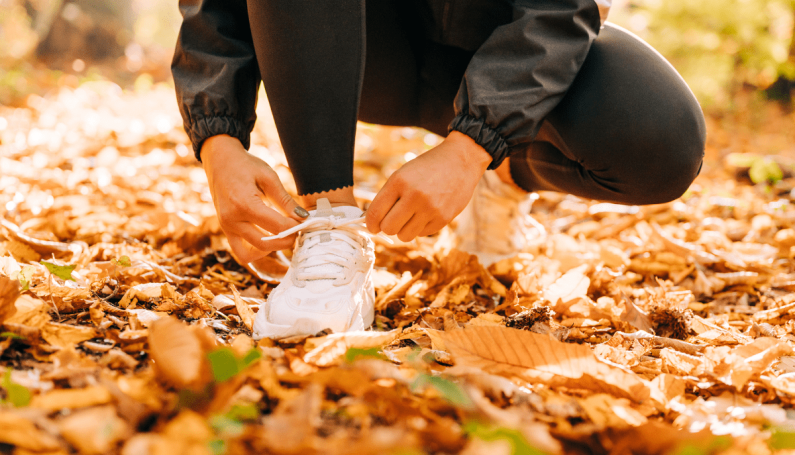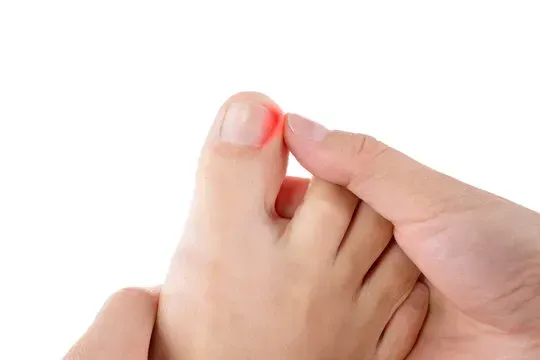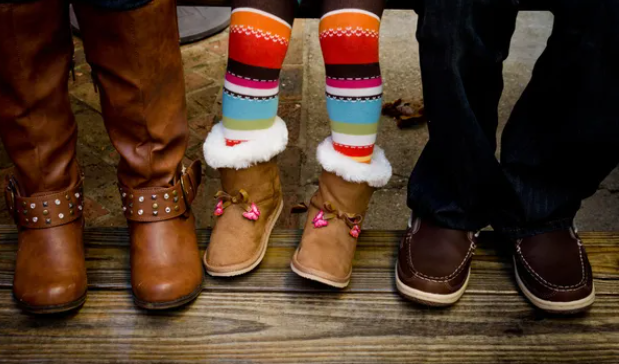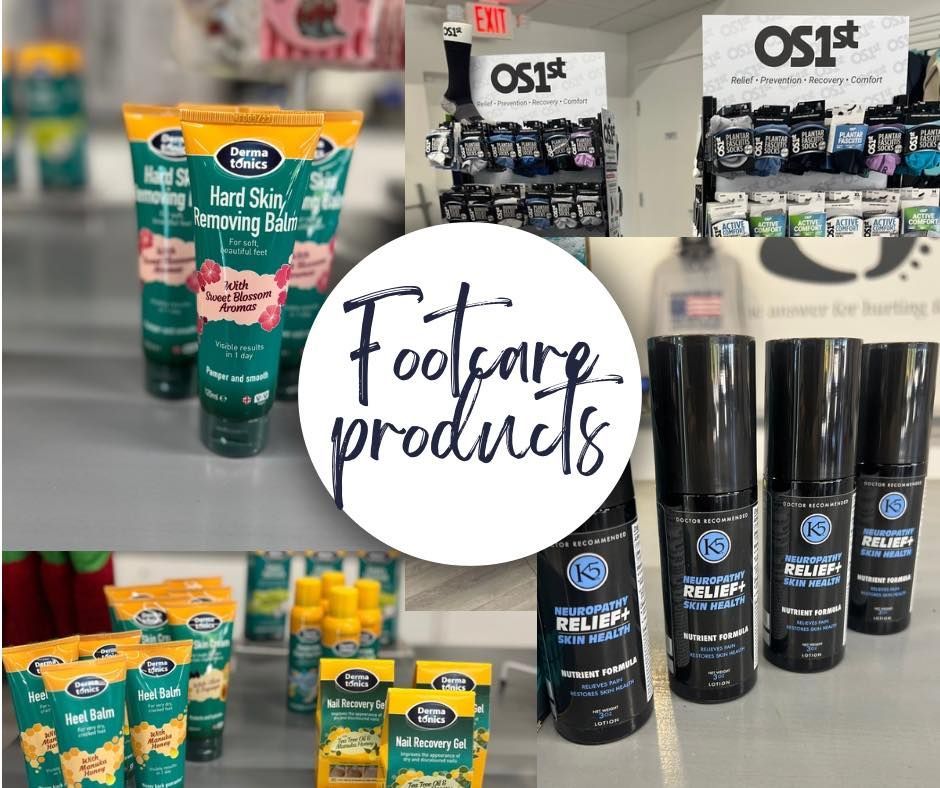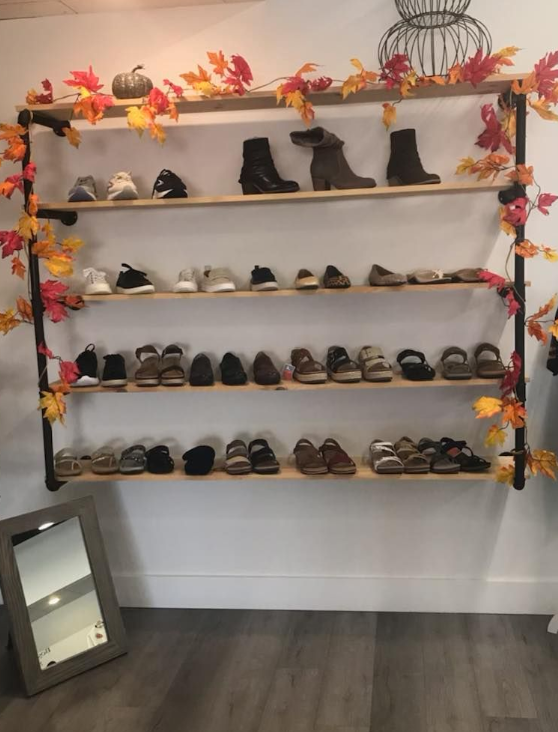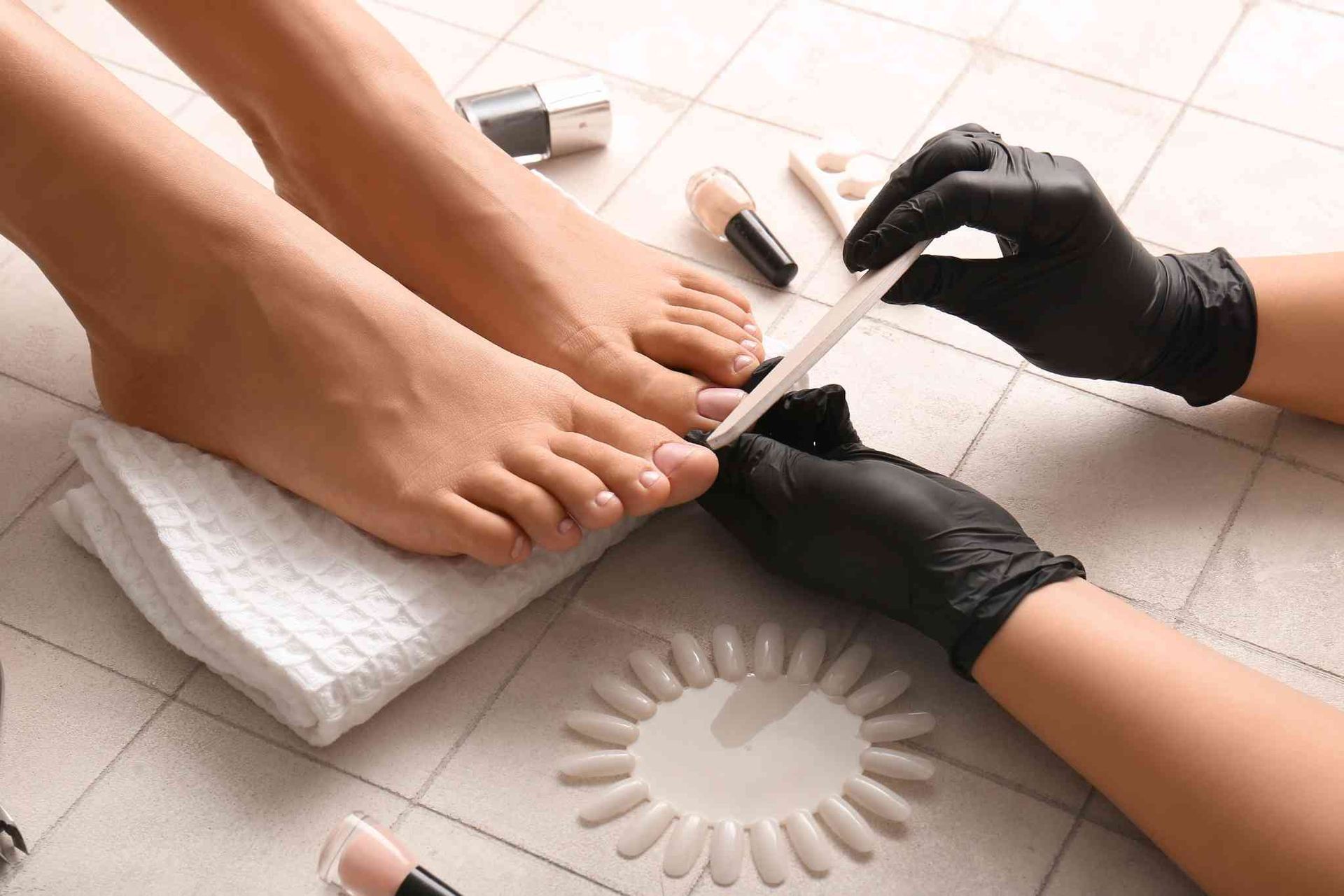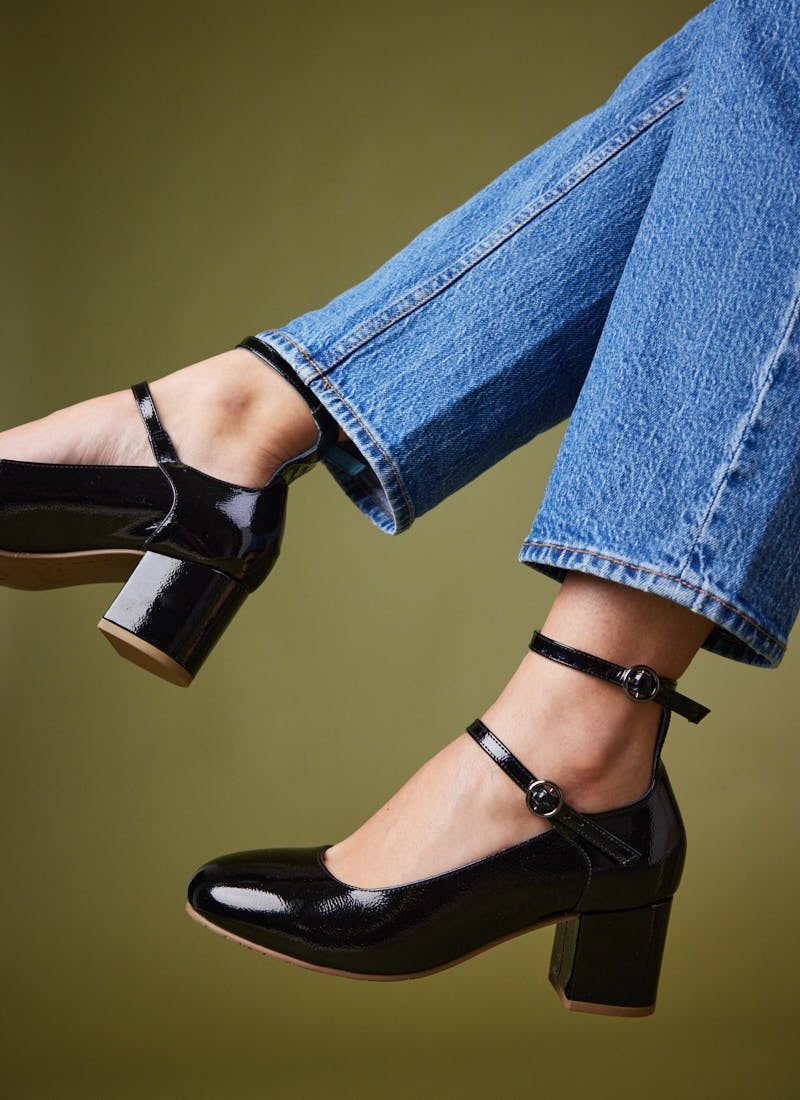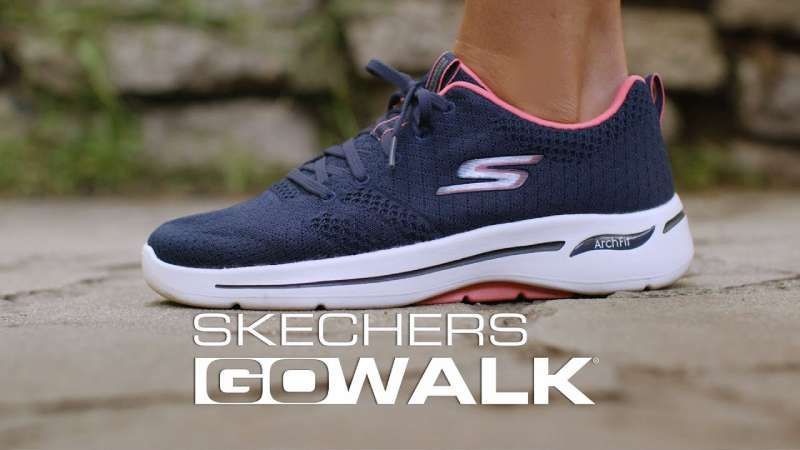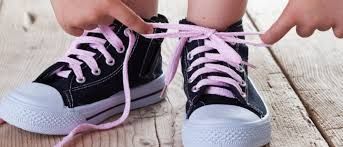Post Title
Tied up in laces
The history of tying shoe laces dates back to ancient times when footwear was first designed with lace-up closures. The use of shoelaces can be traced back to early civilizations, where leather straps were used to fasten shoes securely to the feet. Over the centuries, various techniques and styles of lacing shoes have evolved, influenced by cultural practices and fashion trends.
In the 17th century, sleek and elegant shoe laces became popular among the European aristocracy as a symbol of status and wealth. The industrial revolution in the 19th century led to mass production of shoes with standardized lace-up designs, making them more accessible to the general population. Today, shoe laces come in a variety of materials, colors, and patterns, allowing for endless customization and personalization.
The simple act of tying shoe laces has become a daily routine for most people, a small but essential part of getting ready for the day ahead. Today, there are countless ways to tie shoe laces, from the classic Criss-Cross method to more creative and intricate designs like the Spider Web or Sawtooth lacing. The act of tying shoe laces may seem simple, but its rich history and cultural significance make it a fascinating subject to explore.
Here are three of our favorite ways to tie shoes:
1. The Reef Knot:
You know that basic shoelace knot we all learned as kids? It's super quick and easy, and it usually keeps your laces nice and tight. Well...most of the time, anyway.
So, that knot you learned is either what's called a "granny" knot or a more reliable "reef" knot. The cool thing about the reef knot is that when your foot moves around, it actually pulls the knot tighter. In contrast, with a granny knot, any movement can make it loosen up.
They look pretty similar at first glance though, so here's a little test to see which one you've got:
- Take your foot out of your shoe for a sec and tie your shoelace like you normally would.
- Now grab the top part of the shoe near the eyelets and give it a little pull sideways. If those loops start to tilt so one loop ends up lower than the other—congrats! You’ve tied yourself a not-so-reliable granny knot.
On the flip side, if after pulling those bows are still sitting neatly perpendicular to each side of your shoe—boom! That's a reef knot right there and you're set!
Alright, now let’s turn that granny knot into a reef knot with a couple of quick tweaks:
- First off, you want to do everything the same way at the start. Cross those laces and snug them up before you make your first loop just like usual.
- Now here comes the trick – when you're making your second loop, switch it up! If you've been going over on the first loop, go under this time (or flip it around if you've been going under). That little change is what’ll fix that pesky knot!
- Once you’re done tying it all together, give it the ol' pull test. If it's still looking like a granny knot to you, try pulling that last loop to the opposite side of your shoe instead. So if you've been yanking left, pull right this time; if you've been pulling right, then yank left. Just remember you'll need to swap hands for each loops too.
2. The Runners Loop:
If your heel isn’t snug in your shoe, you might find your foot sliding forward and smashing into the front, which can be super annoying. But don’t worry; we've got a cool trick for you called the runner's loop!
Here’s how to do it:
1. Lace up your shoes like normal, crossing them until you get to the second eyelet below the top.
2. Instead of crossing over again, pull each lace straight up on its side and stick it through the top eyelet — this will create a little loop.
3. Next, cross those lace ends over and thread 'em through that loop on the opposite side of your shoe.
4. Give those laces a tug a few times so that they tighten down and hold everything in place well.
5. Finally, tie your shoelaces like you usually do.
A lot of shoes are designed with this in mind: they have longer laces and specially placed eyelets to make sure you can easily use this method!
3. Window Lacing:
If your running shoes are putting a weird pressure on the top of your foot, try out window lacing (or "box lacing") to fix it up.
Here’s how to do it:
1. Unlace your shoe down to the eyelet right below where it hurts.
2. Lace it back up by going straight up to the next eyelet and then cross those laces over.
3. Keep lacing the rest of your shoe just like you normally would.
Additionally, if your shoelaces are looking a bit worn, it's time to grab some new ones. Just make sure they match the style—like round, oval, or flat—and the length of your old laces. If your knots keep coming undone, try switching from round laces to flat ones. You can also go for a switcheroo from synthetic stuff like nylon to something cozier like cotton.
Quick tip: most shoes come with laces that stick around as long as the shoes do. So if you're already on your third or fourth set of laces, it might be time to think about whether you need new kicks instead!
Whether you're after fresh laces or completely new shoes, swing by Bogers Shoes today! Our awesome team is ready and excited to help you out!
